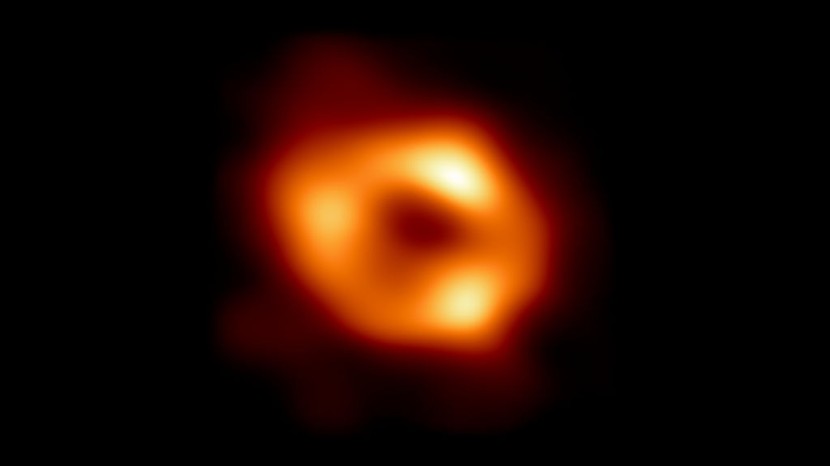NASA's James Webb Space Telescope discovered the oldest-known black hole that is believed to have existed roughly 470 million years after the Big Bang.
Astronomers used not only James Webb but also data acquired by the Chandra X-ray Observatory to make the latest findings. The timeline of when this black hole existed is when the universe was only about 3% of its current age.
Oldest Known Black Hole

The research using NASA's telescopes, led by Akos Bogdan with the Harvard & Smithsonian Center for Astrophysics, was published in Nature Astronomy on Monday. The cosmic object was found to be located in galaxy UHZ1. The space agency noted that it was difficult to see because it hid among a galaxy cluster about 3.5 billion light-years from our planet.
However, data from James Webb revealed that the young black hole in UHZ1 was located much further, roughly 13.2 billion light-years from Earth. The astronomer research team that led the study followed up on the Webb data using Chandra to find X-ray emitting superheated gas, as per Fox Weather.
Experts said that this is a trademark for a developing supermassive black hole. The discovery of the old cosmic object is seen as an exciting development in black hole research. This is particularly true because there is still much that remains unknown about these bodies in the universe.
Astronomers believe that black holes formed within the first billion years after the Big Bang that created the universe. Most, if not all, of galaxies have a supermassive black hole at their center. However, how they begin forming and reach colossal masses so soon after the Big Bang remains unknown.
In a statement, a co-author of the study, Andy Goulding of Princeton University, said there are physical limits on how quickly black holes can grow once they have formed. However, those born more massive already have a head start.
There are two types of black holes: stellar mass and supermassive. The former are those that are roughly 10 to 100 times the mass of our sun. On the other hand, the latter is a term without an ounce of hype and can be many millions or even billions of times more, according to the Washington Post.
Supermassive Black Holes
The discovery of UHZ1 provides evidence that suggests some black holes were created with an already massive size. The study uses cosmic archaeology, taking advantage of ancient light in the X-ray and infrared portions of the spectrum.
The observations that the researchers analyzed showed that the core of the newly discovered black hole has roughly the same mass as the entire galaxy. This is something that astronomers considered to be "absolutely crazy."
Two theories have made it to the forefront of explaining the origin of supermassive black holes: light seed and heavy seed. The former notes that a star will collapse into a stellar-mass black hole and grow in mass over time.
But the heavy seed claims that a tremendous cloud of gas, rather than an individual star, does the consequential collapsing. In this theory, there is no puny phase because as the cloud condenses and gravity works, the black hole would form at a supermassive scale.
Bogdan praised Chandra for being able to provide such valuable information about the black hole 24 years after it was initially launched, said ABC News.








